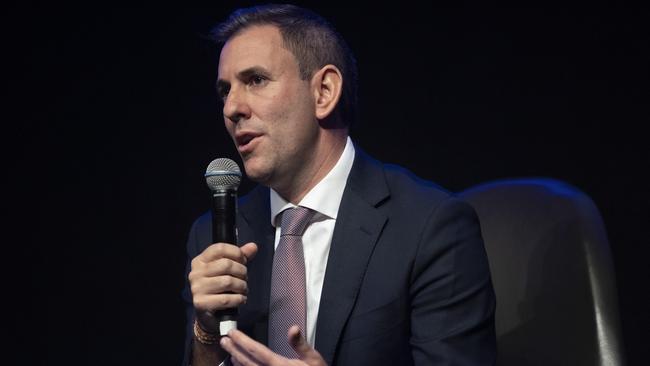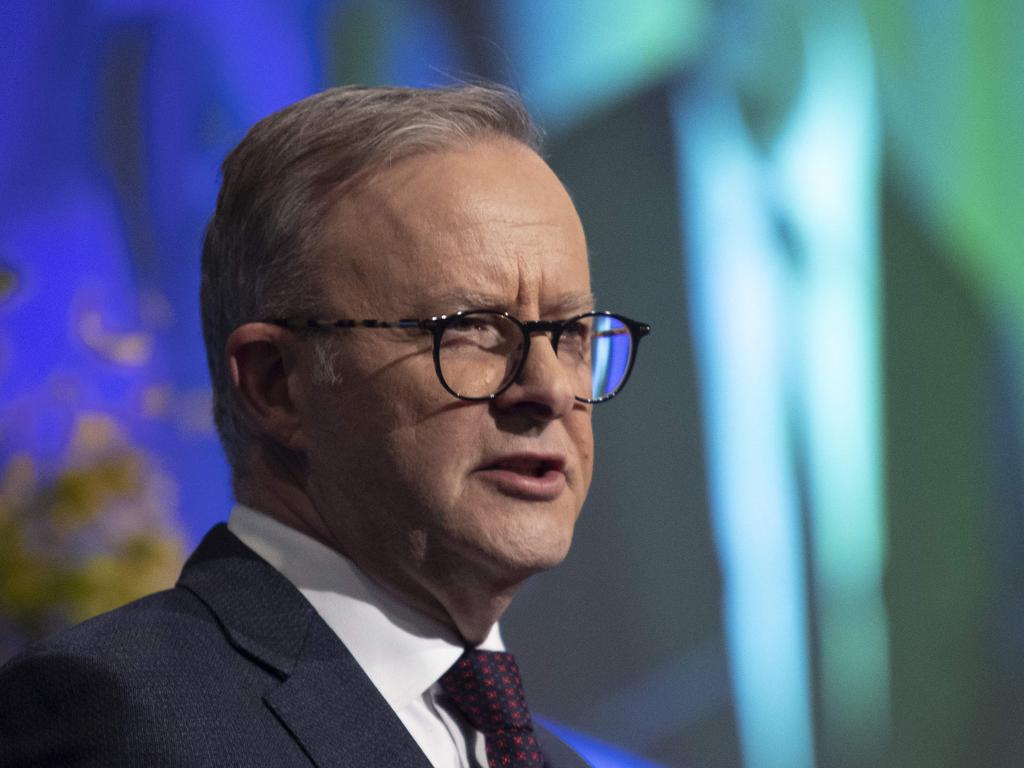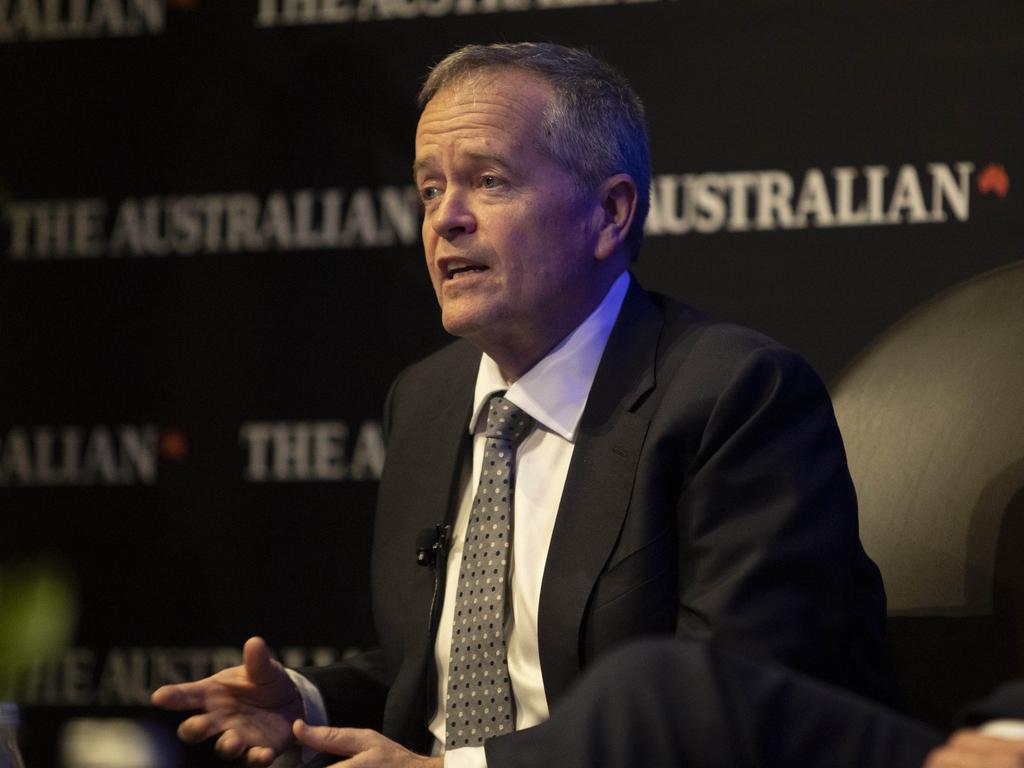Jim Chalmers takes forensic approach to tax concessions
Jim Chalmers will target the cost-effectiveness of tax concessions as part of a new evidence-based approach to rebuilding the fiscal buffers.

Jim Chalmers will target the cost-effectiveness of tax concessions as part of a new evidence-based approach to rebuilding the fiscal buffers, arguing his focus has turned to the “long road of budget repair” to help insulate the economy from global shocks.
He has also pledged to put in place “an effective and rigorous evaluator-general” – a new office based within Treasury and flagged by Labor before the 2019 election which could work with other departments to assess the effectiveness of government programs.
The Treasurer told The Australian-Melbourne Institute Economic and Social Outlook Conference on Wednesday he would examine what tax concessions were costing the budget and who was benefiting.
Dr Chalmers did not single out any specific tax concessions he was reconsidering, but argued the structural pressures on the budget required “deeper thinking” and a new effort to rebuild the evidence base for future policies.

Housing and superannuation tax concessions alone are forecast to cost the budget more than $110bn in 2022-23, and more than $430bn over the forward estimates. The Albanese government has committed to publishing an enhanced tax expenditures statement in 2022-23 to try to make the cost of tax concessions clearer to the public.
The October budget forecasts that exempting a main residence from capital gains tax and the 50 per cent CGT discount for investment properties would cost the budget $29bn and $33.5bn respectively in 2022-23.
Similarly, the concessional tax rates for super fund earnings and super contributions is forecast to cost the budget $26.4bn and $21.8bn this financial year respectively.
These are the four most expensive tax concessions, and leading economist Chris Richardson says they represent “two key elements of the Australian dream”.
“We don’t tax your house if it’s your home. At all. Even if it’s not your home and you do have to pay tax on the capital gain on an investment property, there is a 50 per cent discount applied,” he said.
“On super, money going into the system benefits from a lower tax rate. The money earned inside the super bucket gets another. This is a great list to look through to figure out where we can have a better budget. But some concessions are in here for good reason.”
Excluding food, education and health from the GST is forecast to cost the budget $8.7bn, $5.4bn and $5.2bn respectively for the 2022-23 financial year.
Higher interest rates and greater spending across the NDIS, defence, aged care and hospitals would leave total government payments 67 per cent higher in 2032-22 when compared to the current financial year. However, nominal GDP is projected to grow by only 55 per cent over the same period.
Dr Chalmers said potential policy responses would be better informed if the Tax Expenditures Statement in the budget was more accessible. This would provide a “useful analysis of what tax concessions are costing the budget, and their distributional impact. The Tax Expenditures Statement for me is an obvious area where we can make it clearer, we can go to some of the distributional impacts, and we can have a conversation about what we can afford and what we can’t.
“If you accept that there’s some combination of a role between spending restraint, trimming spending and tax reform … then let’s rebuild the evidence base that informs the decisions in the hope that we’ll get better decisions.”
The government committed in the budget to publishing an “enhanced Tax Expenditures Statement in 2022-23” to “highlight distributional analysis for select major areas of tax expenditures, providing greater transparency to the public”.
Dr Chalmers also used his address to argue that the government’s fiscal strategy was aimed at building in “discipline as a core principle now and for the future”.
He said Labor was committed to returning the majority of any future tax revenue windfalls to the budget and to limit spending growth until government debt as a share of the economy was on a “clear downward trajectory”.
He said this would provide “more space to withstand future shocks”.
“There are two big numbers that I wanted to share with you today that highlight this pretty well,” he said. “The first is $50bn. That’s how much lower debt is for this financial year than if the extra money coming in had been spent on new decisions.
“The second is $47bn. That’s how much the budget saves in interest payments over the medium term as a consequence of not spending that windfall over the forward estimates.”
Dr Chalmers said that about half of the payment variations in the budget were driven by changed economic parameters rather than policy decisions. He said the impact of higher prices and wages on indexation was expected to lift government payments by $11.2bn over the next two years.
“Of that, about $3.1bn over two years reflects the direct impact of electricity and gas prices on the CPI,” he said.







To join the conversation, please log in. Don't have an account? Register
Join the conversation, you are commenting as Logout